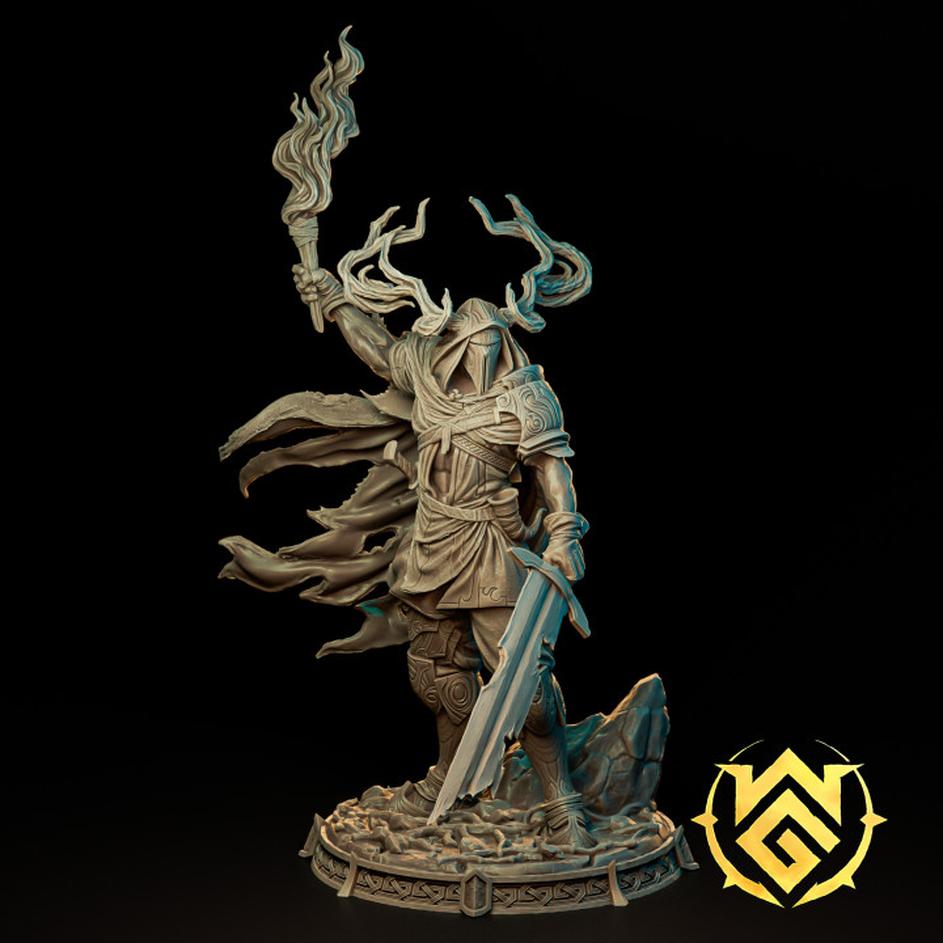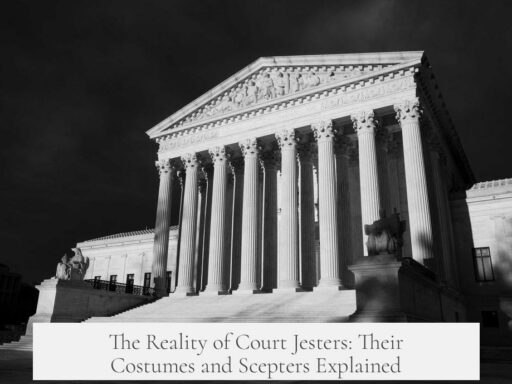Hedge knights were not precisely a formal medieval social class, but the concept reflects a real historical phenomenon related to itinerant and dispossessed knights in the Middle Ages. The idea of hedge knights—knights without land or steady income—derives from various historical realities, notably the “robber knights” or “robber barons” that existed during periods of weak central authority.

During the Interregnum (1250–1273) in the Holy Roman Empire, the lack of a strong emperor led to a surge in lawlessness. Many minor knights and nobles took to forcibly extracting tolls, robbing travelers, and sometimes hijacking ships. These raiders gained a reputation as “raubritter” in German, roughly translating to robber knights. They exploited the absence of central security to enrich themselves, damaging commerce and travel.
The 15th-century manuscript by Hans Talhoffer—a medieval fight book—offers insights into dealing with armored opponents, identifying some as “robber knights.” The book advises fighting techniques geared specifically toward defending against armed knights who functioned more as bandits than traditional feudal warriors. This suggests the prevalence and threat of such rogue armored fighters at the time.

Historical records also indicate knights could be convicted of robbery and similar crimes. Nobles sometimes resorted to illegal violence, theft, or extortion when their finances were unstable. Academic research, such as that by Danielle Coyle at the University of Hawaii, confirms instances of knights and gentry engaging in outlaw behavior, blending the lines between nobility and criminality.
Therefore, while hedge knights as wandering, landless knights are more literary or symbolic terms popularized by modern fantasy, their roots reflect genuine historical precedents. These were knights who lost land, rank, or wealth, resorting to mercenary work, guarding, or even banditry to survive during turbulent periods.

- Robber knights or raubritter acted as armed bandits during weak governance.
- Medieval manuals recognize techniques against these armed “robber knights.”
- Knights could become outlaws due to loss of income and status.
- The term hedge knight blends historical impacts with literary invention.
Were Hedge Knights a Real Thing? Unraveling Medieval Myths and Facts
Short answer: Hedge knights, as popularly depicted in fantasy stories, didn’t exist exactly as imagined, but there were real medieval knights who lived on the edges of society, often resorting to shady ways to survive. So yes, something like hedge knights were real—but with a twist.

Now, let’s dig into this fascinating topic and uncover the genuine history behind those wandering knights roaming the countryside, often seen as knightly vagabonds or outlaws.
What Exactly Is a Hedge Knight?

Before we dive into history, what does “hedge knight” actually mean? In fantasy literature—especially in George R.R. Martin’s world—a hedge knight is a knight without a lord or lands who wanders, offering services for coin or honor. They’re often seen as out-of-work knights, living off battles or tournaments. Historically, though, the term is more poetic than legal.
The reality is rooted in something else: the notorious “robber knights” or “raubritter” of medieval Europe, particularly in the Holy Roman Empire.

The Robber Knights of the Interregnum
The Interregnum period (1250–1273), a unique gap in central authority in the Holy Roman Empire, created a strange, chaotic time. With no emperor to maintain order, many knights turned “entrepreneurial.” Tolling stations popped up everywhere like medieval Starbucks, charging passage fees for safe travel. But safety was a joke.
Some knights took the law into their own hands. Suddenly, these armored figures weren’t just protectors—they were extortionists, highwaymen, and pirates on land and water. They hijacked trading ships, stole cargo, and kidnapped travelers for ransom. Real-life medieval bandits dressed in chainmail—the original “bad knights.”
Does this remind you of hedge knights? In a way, yes. These robber knights roamed without direct royal supervision, surviving on crime and fear, much like hedge knights in stories survive on uncertain patronage and fights.
Fighting Robber Knights: Medieval Self-Defense
Interestingly, even in the 15th century, knights were considered a threat to ordinary travelers. The documentary Medieval Fight Book dives into a 1459 combat manual by Hans Talhoffer which advises how to defend against armored “robber knights.”
Talhoffer’s guide recommends a “hammer grip” longsword technique against heavily armored foes who might otherwise rob or murder you. It’s proof that being confronted by rogue knights was a real enough problem that formal combat manuals took note.
It’s easy to imagine that knights who had fallen from favor or lost their lands could turn to banditry to survive, blurring the lines between warrior and outlaw just as the hedge knight archetype suggests.
Knights Convicted for Robbery: Not Just Myth
Human nature being what it is, history shows plenty of knights involved in criminal acts. University of Hawaii’s academic Danielle Coyle discusses cases of knights and nobles charged with robbery and other crimes in medieval England.
This isn’t some minor footnote. These were men of status turning to crime, an unsettling reminder that “knightly honor” was sometimes more ideal than reality. Many knights were perfectly bound to chivalry but others could easily become outlaw knights or essentially “hedge knights” by circumstance or choice.
Why Hedge Knights Matter Today
So, why does the concept of hedge knights fascinate us? They embody the romantic, gritty edge of knighthood—brave, skilled warriors without a cozy castle or gold-filled coffers. They battle, survive, and persist on the fringes.
Understanding their historical roots teaches us about the societal upheaval during the Middle Ages. Lords could fall, kings could vanish (like during the Interregnum), and knights—often dependent on feudal structures—had to either adapt or perish. Crime wasn’t always a choice; sometimes it was a survival tactic.
These figures, misunderstood and glamorized, give us a lens to view the complexity of medieval society beyond the shiny armor and grand castles.
Practical Takeaways for History Buffs and Writers
- For Writers: Hedge knights aren’t pure fantasy. Root them in reality by mixing the lore of “robber knights” who roamed Europe in centuries of weak political control. Show their struggle for survival and moral ambiguity.
- For History Buffs: Dive into the Interregnum period to understand how power vacuums breed chaos, and how knights’ roles shifted from defenders to sometimes predators.
- For Enthusiasts of Combat: Explore Hans Talhoffer’s fight books to glimpse real techniques designed to fend off rogue knights, adding authenticity to medieval combat knowledge.
Final Thoughts: Hedge Knights Are More Than Fiction
Hedge knights, as we think of them, are partly legend, partly reality. Their roots lie in the very real “robber knights” who exploited times of political instability. Far from purely romantic loners, these knights reveal medieval life’s complex social dynamics. They walk the line between nobility and outlaw.
So, next time you read about a hedge knight wandering the countryside, remember: they might just be a colorful echo of knights who roamed the roads, wallets at stake. Were hedge knights a real thing? Absolutely, but with layers far richer and darker than any fantasy tale might tell.




